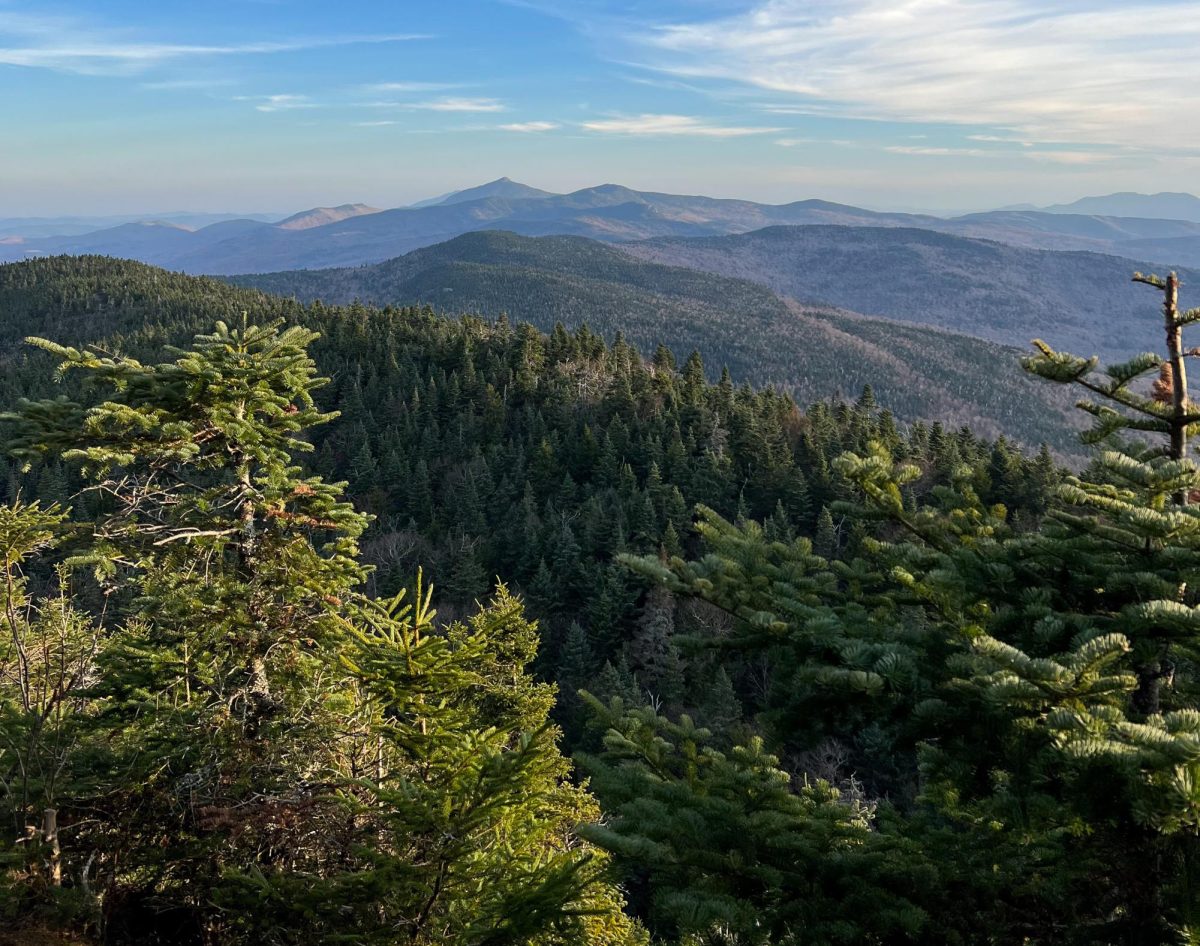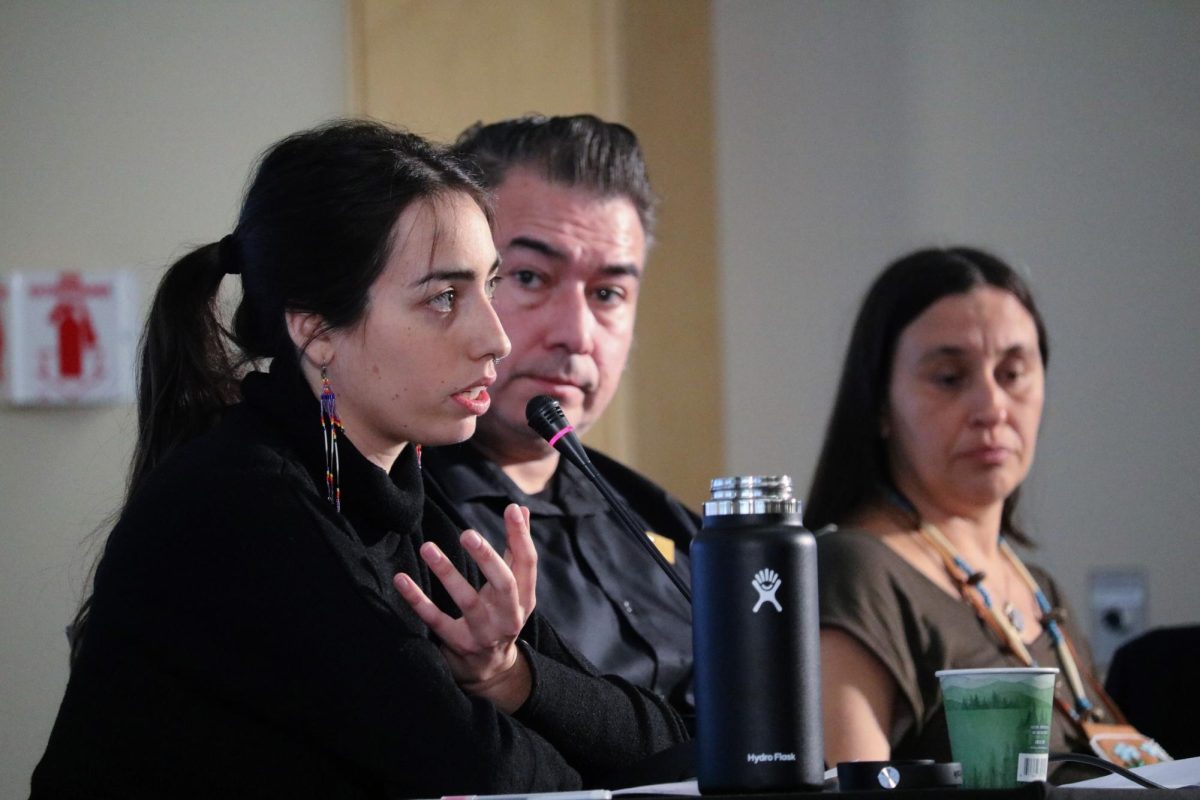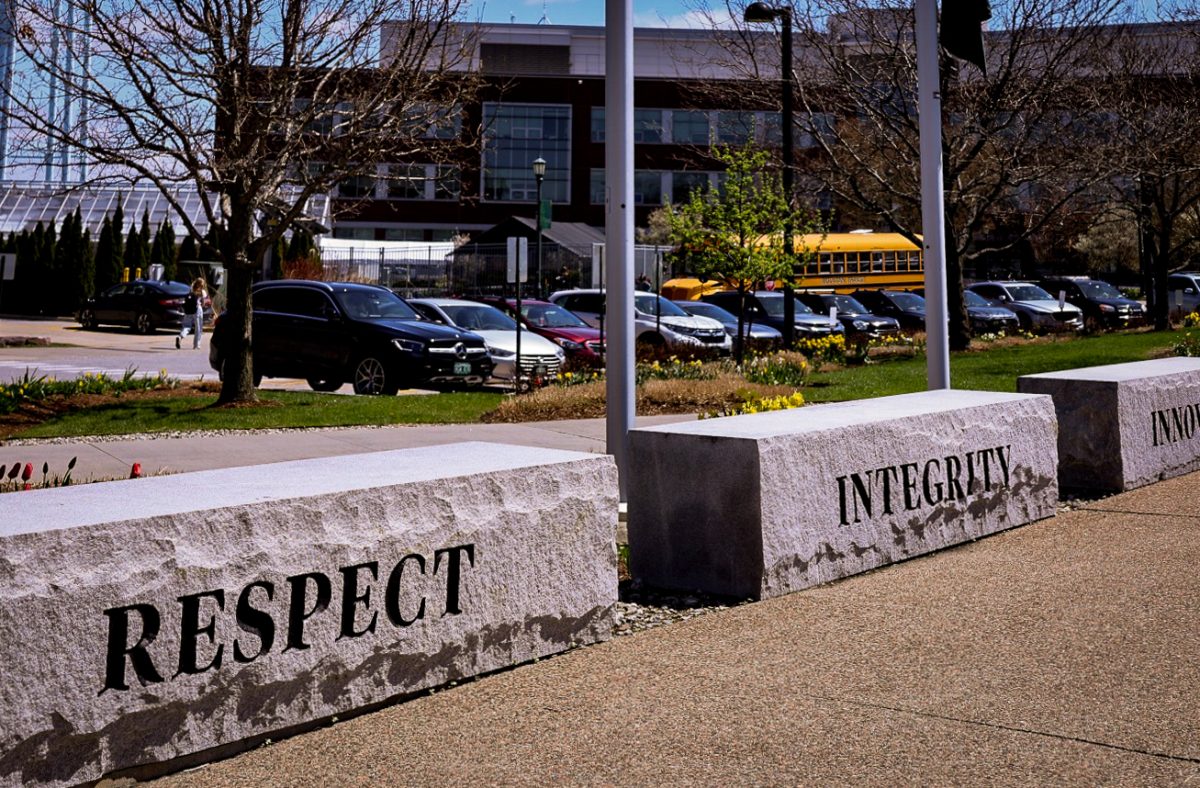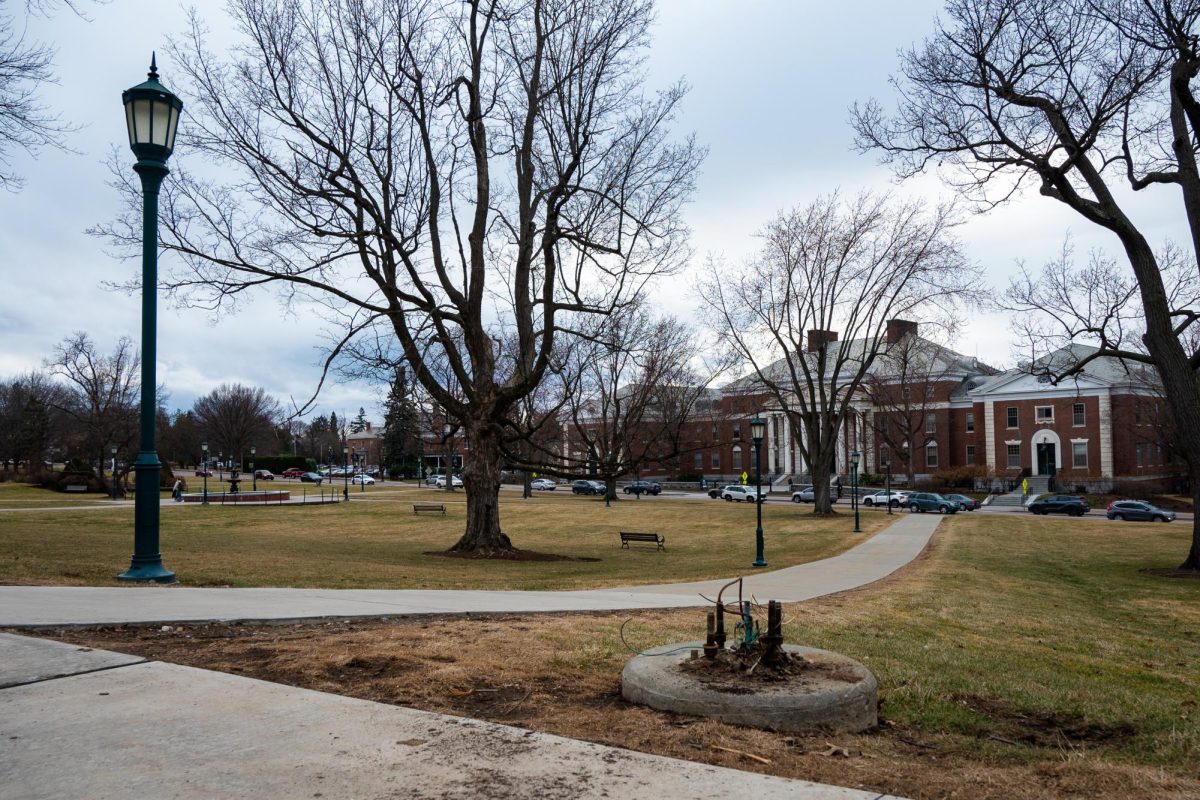On Feb. 11, the executive order implementing President Donald Trump’s Department of Government Efficiency Workforce Optimization Initiative began a mass restructuring of the federal government’s workforce.
The executive order begins by stating its purpose.
“To restore accountability to the American public, this order commences a critical transformation of the Federal bureaucracy,” the initiative stated. “By eliminating waste, bloat, and insularity, my Administration will empower American families, workers, taxpayers, and our system of Government itself.”
Section three of the executive order, “Reforming the Federal Workforce to Maximize Efficiency and Productivity,” tasked agency heads with initiating reductions in the workforce in the pursuit of efficiency improvements.
In light of this mandate, over the second weekend in February, approximately 3,000 probationary U.S. Forest Service employees received termination emails, while sweeping cuts were made to many other agencies, according to a March 1 article from the Guardian.
A probationary employee is a recent hire or a newly promoted individual in the federal government who has been in their position for less than one year. Those serving a probationary period have limited appeal rights upon termination in comparison to other employees, according to the Office of Personnel Management.
An anonymous UVM alum ‘24 was one of the Forest Service employees impacted by these cuts.
“It was a Sunday morning,” he said. “I wake up to a phone call, and it was my forest supervisor, and she said, ‘I’m calling you because we are terminating you from your position with the Forest Service.’”
He worked as a logging systems forester, helping to plan and implement timber sales to enhance the characteristics of forested areas for the health and diversity of the landscape and to benefit wildlife, fish and humans, he said.
As an undergraduate at UVM, the Forest Service was presented to him as the model employer by professors, advisors and industry visitors to the classroom.
He was excited to enjoy some of the best benefits offered in the public sector, like the most time off, great retirement plans, a pension and, primarily, stability.
“When private industry starts to tighten their belt and lay people off, working for the federal government, typically you don’t have to worry about that, right?” he said. “However, in recent times, they have not been going by the playbook.”
For him, the job wasn’t just a source of stability: it meant being a part of something larger.
“I wanted to get into the forest service to help, [to] do my part,” he said. “In making these spaces remain beautiful and remain productive, I felt a profound sense of duty, and I’m by no means a patriot, but I feel like it is honorable work. It was something that I really wanted to dedicate myself to.”
However, even before the mass firing, uncertainty was rising in the federal workforce.
The alum said emails would come in on Friday nights, clearly from the federal administration but lacking any formal signature or specific name attached.
One of these messages was a request from the federal Office of Personnel Management, asking recipients to detail their work done in the past week with no more than five bullet points.
“We got it on Friday, at 5 or 6, and it said, ‘You need to reply to this email by Monday at 5 p.m. or your lack of a reply will be counted as a resignation,’” he said.
The anonymous UVM alum was advised by his supervisor to put the words “timber” and “logging” in his five bullets as much as possible.
“It felt like psychological warfare,” he said.
His ability to rely on his career was rapidly degrading.
“You never knew what was going to happen next,” he said. “Especially being a probationary employee.”
In between packing boxes, posting on Facebook housing boards to find someone to take over his lease and considering taking out a loan to make it back home, he received another phone call from his forest supervisor. It was the Friday after the initial call.
She said some mistakes were made: he wasn’t supposed to have been fired. He could go back to work.
“I was thinking to myself, nobody could have fucking double checked?” he said. “I mean, Jesus fucking Christ, man, these are people’s lives.”
While he has regained his position in the Forest Service, the initial termination has left a mark.
“I have felt like shit coming to work these past few weeks,” he said. “Because what I do is so important and so meaningful to me, and people just don’t recognize that.”
Going forward, he feels that his position in timber can no longer protect him from this administration, even though it actively creates revenue for the government. He fears that a transition to private industry is coming soon and that his position will be deemed unnecessary.
He emphasized that while private industry is an important aspect of forest management, strategies differ. The necessity of public stewards is clear to him.
“The things you can do on public lands versus private lands are different,” he said. “And they should be different, because private land ownership is based off of the owner’s interests … you shouldn’t be able to do whatever you want with everybody’s land.”
Tony D’Amato, director of UVM’s forestry program, values the Forest Service’s commitment to managing public forests with multiple perspectives in mind.
“How lucky we are to have this amazing group of stewards that puts so much thought into planning, into any actions on the ground that balance cultural and social and ecological values,” D’Amato said.
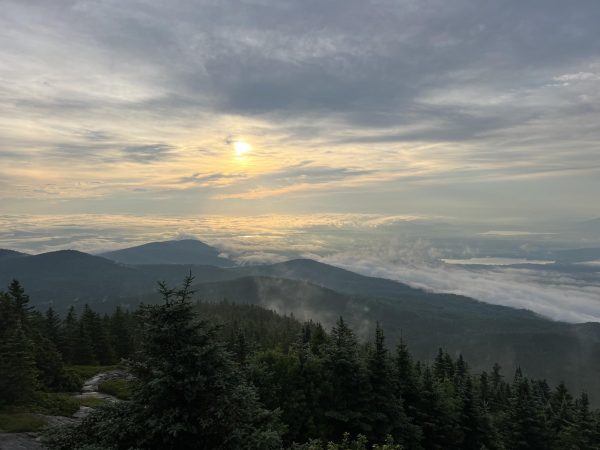
Historically, many UVM graduates have relied on job openings within the Forest Service for their post-grad employment, as the anonymous alum did. However, uncertainty surrounding funding and available positions is shaping current UVM forestry students’ prospects as well.
Senior Mar Wiltz, current co-president of the Forestry Club, became a forestry major during their sophomore year to join a community of people that cared about land management and getting outside, they said.
Watching their peers and friends lose positions they were so passionate about has been devastating for them.
“Those very people that we had in our class last year, the year before, they no longer work there,” Wiltz said. “It wasn’t because they weren’t good at their job. They did everything right, and it just didn’t matter.”
Wiltz has been navigating these changes with others in the forestry program and trying to find hope in the workforce they consider entering after graduation.
“Is my restaurant job more certain at this point?” they said. “I think that nobody knows what to do, and that’s very clear. We can only keep doing the good work that we’re already doing, and coming together as a community.”
Wiltz is trying to celebrate the alternative options in non-governmental organizations and nonprofits, but the potential loss of federal employment is a sore wound.
“When you work for the federal government, you can be a piece of the puzzle that guides land management across the United States, and that is a really powerful thing to be a part of,” Wiltz said. “But it’s going to be more uncertain for quite a while.”
Sophomore forestry major Olivia Fulton planned to join a wildfire fuels reduction crew in South Dakota until budget cuts to the Bureau of Land Management slashed her crew from 11 to five members.
“I remember hearing Tony, the forestry professor, talk about how forestry has one of the highest job placement rates, and if you want a job, you’ll get one somewhere. But, who knows anymore?” she said.
Fulton worries about the state of forests nationally, particularly when facing natural disasters, in the shadow of the budget reductions and layoffs.
“Forestry doesn’t get enough funding as it is, so when it’s all getting cut, it’s just gonna get so much worse,” she said.
The increasing levels of wildfires over the recent years are making the work of dedicated forest service and land management employees all the more valuable, the anonymous alum said. Without people to put restoration projects in place, he, like Fulton, believes that things will only get worse.
“What really worries me is that this current administration that we’re under doesn’t necessarily think that’s a bad thing, not having people to do this work,” he said.
The landscape of Vermont, while not as ravaged by wildfires as Western forests, is also facing challenges as a result of these attempts at efficiency.
Vermont, the Green Mountain State, has been historically defined by its forested landscape, according to the “History of Forestry in Vermont: 1909-1959” by Perry H. Merrill.
From a lumber-based economy to the conservation of millions of acres of forest and community-engaged management of that forest, through time, the stewardship and management of forests have been integral to the foundation of the state, according to Merrill.
With the changing times, new challenges have come to the forefront. While the Green Mountain National Forest is the only federally managed forest in the state, that does not mean Vermont will not face changes.
Individual landowners own over 80% of the state’s forests, according to the Vermont Agency of Natural Resources. This land, while managed privately, is still largely impacted by the changes to funding.
The biggest concerns facing Vermont’s forests at the moment are invasive plants, pests, pathogens, drought and climate change; however, the management options for these problems are becoming increasingly uncertain, according to Chittenden County Forester Brandon Benedict.
“[The National Resource Conservation Service], historically, has been able to provide funding to landowners to try to control those invasives,” Benedict said. “For me, the biggest concern with these regional problems is that a private landowner realistically can’t afford to tackle [them] on their own.”

(Grace Wang)
The state’s history of lumber is also not an easy path to return to, D’Amato pointed out.
“Let’s just say that the idea with tariffs on timber is that we’re going to produce more from the U.S. forests,” he said.
D’Amato referenced two key variables that would need to occur if the U.S. were to produce more timber, as President Trump called for on April 5.
“One, we need the people on the ground that actually know what they’re doing, and doing it in a way that ensures that we’re meeting the environmental standards we all want to see,” he said. “Two, we need mills, and those aren’t everywhere that we have forests. People on the ground are an easier solution, an easier problem solved than creating new mills.”
D’Amato emphasized the value of the Forest Service and the work done on public lands in light of these changes.
“Independent of political leanings, it’s pretty amazing,” D’Amato said. “We have millions upon millions of acres of forest [with] thousands upon thousands of incredible employees that are stewarding it.”
He hopes the Forest Service’s commitment to managing public forests in these changing times is recognized.
“I really value so much the service these individuals do already,” D’Amato said. “Then, to add this layer of uncertainty on top, the amazing work they continue to do for our nation’s forests should be commended.”
As for the Forest Service workforce, only time will tell if this support is granted.
“I’m not planning for the future right now,” the anonymous alum said. “I am preparing for the worst.”


